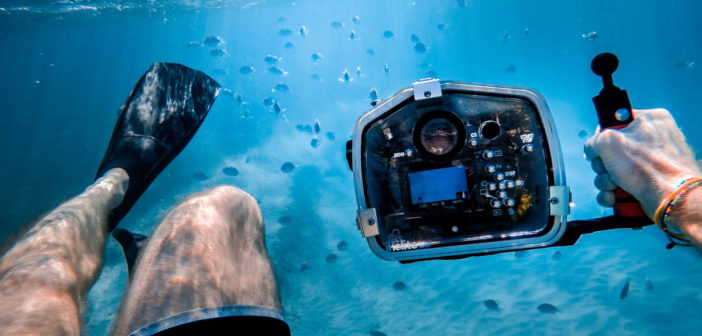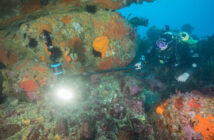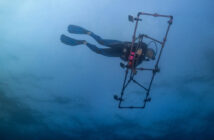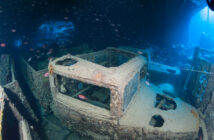Underwater photography is a mesmerizing realm where the laws of light and composition dance in harmony beneath the waves. From vibrant coral reefs to the mysterious depths of wrecks, the underwater world offers endless opportunities for photographers to capture stunning images. In this comprehensive guide, we’ll delve into the art of underwater photography, providing tips and techniques to help you capture the perfect shot every time.
1. Understanding the Challenges
Before diving into underwater photography, it’s essential to understand the unique challenges it presents. Factors such as water clarity, depth, and ambient light can significantly impact your shots. Familiarize yourself with these challenges and how to overcome them to achieve exceptional results.
2. Choose the Right Gear
Selecting the right gear is crucial for underwater photography success. Invest in a quality underwater camera housing that fits your camera model, along with sturdy underwater strobes or lights to illuminate your subjects. Additionally, consider accessories such as wide-angle or macro lenses to expand your creative possibilities.
3. Master Buoyancy Control
Achieving proper buoyancy control is key to capturing sharp, well-composed images underwater. Practice neutral buoyancy to minimize disturbance to the marine environment and enable precise framing of your shots. Fine-tune your buoyancy skills through regular practice dives to ensure you’re ready to capture the perfect moment when it arises.
4. Composition Techniques
Composition plays a vital role in creating compelling underwater images. Experiment with different techniques such as the rule of thirds, leading lines, and framing to add visual interest to your photos. Take advantage of the unique perspectives offered by shooting from below, above, or alongside your subjects to create dynamic compositions.
5. Utilize Natural Light
While artificial lighting is essential for illuminating underwater scenes, don’t overlook the beauty of natural light. Learn to work with available light sources such as the sun’s rays filtering through the water to add warmth and depth to your images. Experiment with different angles and times of day to harness the full potential of natural light in your underwater photography.
6. Get Close to Your Subject
One of the biggest challenges in underwater photography is maintaining proximity to your subject without disturbing it or causing harm to the marine environment. Practice slow, deliberate movements to approach your subjects closely without causing alarm. Utilize the zoom capabilities of your camera or specialized macro lenses to capture intricate details and textures up close.
7. Experiment with Settings
Underwater photography often requires adjustments to your camera settings to compensate for the unique underwater environment. Experiment with aperture, shutter speed, and ISO settings to achieve the desired exposure and depth of field for your shots. Shoot in RAW format to retain maximum image quality and flexibility during post-processing.
8. Post-Processing Techniques
Post-processing is an essential step in the underwater photography workflow to enhance and refine your images. Use editing software such as Adobe Lightroom or Photoshop to adjust white balance, contrast, and color balance to bring out the natural beauty of your underwater scenes. Be mindful not to over-process your images, aiming for a balanced and natural-looking result.
9. Respect the Marine Environment
As stewards of the ocean, it’s crucial for underwater photographers to prioritize conservation and responsible diving practices. Avoid touching or disturbing marine life, never remove animals or artifacts from their natural habitat, and follow established guidelines for underwater photography in protected areas. By respecting the marine environment, we can ensure its preservation for future generations of photographers to enjoy.
Exploring the world of underwater photography is a rewarding journey filled with challenges and opportunities for creativity. By understanding the unique challenges of shooting underwater, investing in the right gear, and mastering essential techniques, you can capture breathtaking images that showcase the beauty and diversity of the underwater world. Remember to always prioritize conservation and responsible diving practices to preserve this incredible environment for generations to come. Happy shooting!









